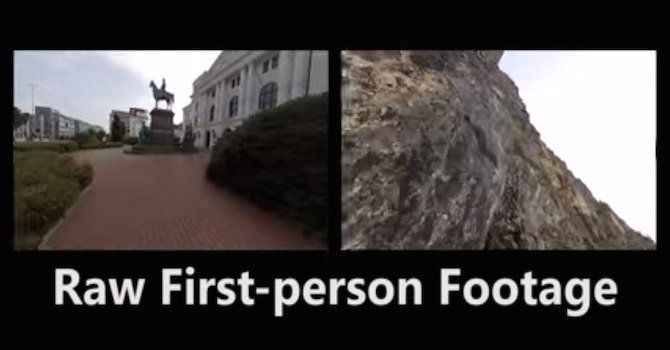Published February, 2015 by Sam Gregory in Mobile Phone Video
How Can Hyperlapse Videography Be Used for Human Rights?
Hyperlapse is a videography approach that combines timelapse with motion, often with a first-person perspective – so that in a matter of seconds we can find ourselves scooting through space and time (Confused? – learn more here).
The Apple IOS app from Instagram as well as research from Microsoft captured in the video above (for longer videos) present the possibilities of using improved and more accessible technology to make hyperlapse much more useful for a range of video settings.
So how could we use this for human rights video?
Here are some initial thoughts:
-
Use it to ground people in the physical location and context of an action, so that people know the physical contours and space of a protest venue or of an informal settlement facing a forced eviction
-
For livestreaming and co-presence work: use it as as part of the preparatory work that starts to introduce potential supporters to people and context. For example, people anticipating bringing solidarity supporters into the livestream of an LGBT pride parade might share some hyperlapses that show preparation for the parade, present the location, etc. so that people are primed and contextualized to join live when the moment comes
-
Rapidly present evidence of a pattern to show that violations are not restricted to one location – for example, a super-rapid tour of forced evictions across a whole neighborhood
How are you experimenting with hyperlapse for human rights? Comment below or connect with me on Twitter @SamGregory and @witnessorg using #hyperlapse4rights.
A version of this appeared on Sam’s Tumblr.
Sam Gregory is the Program Director at WITNESS. Sam also leads on the Technology Advocacy program and the Mobil-Eyes Us initiative. You can follow him on Twitter @SamGregory.

